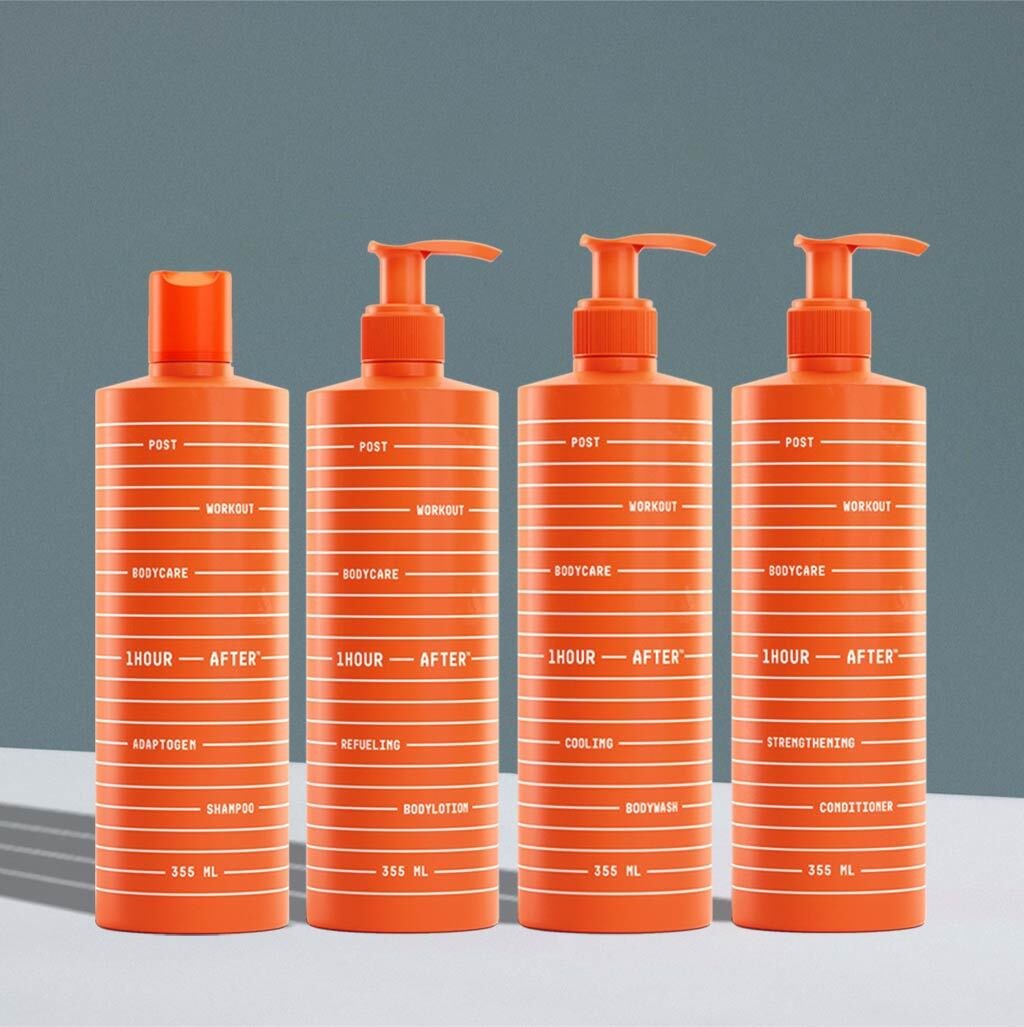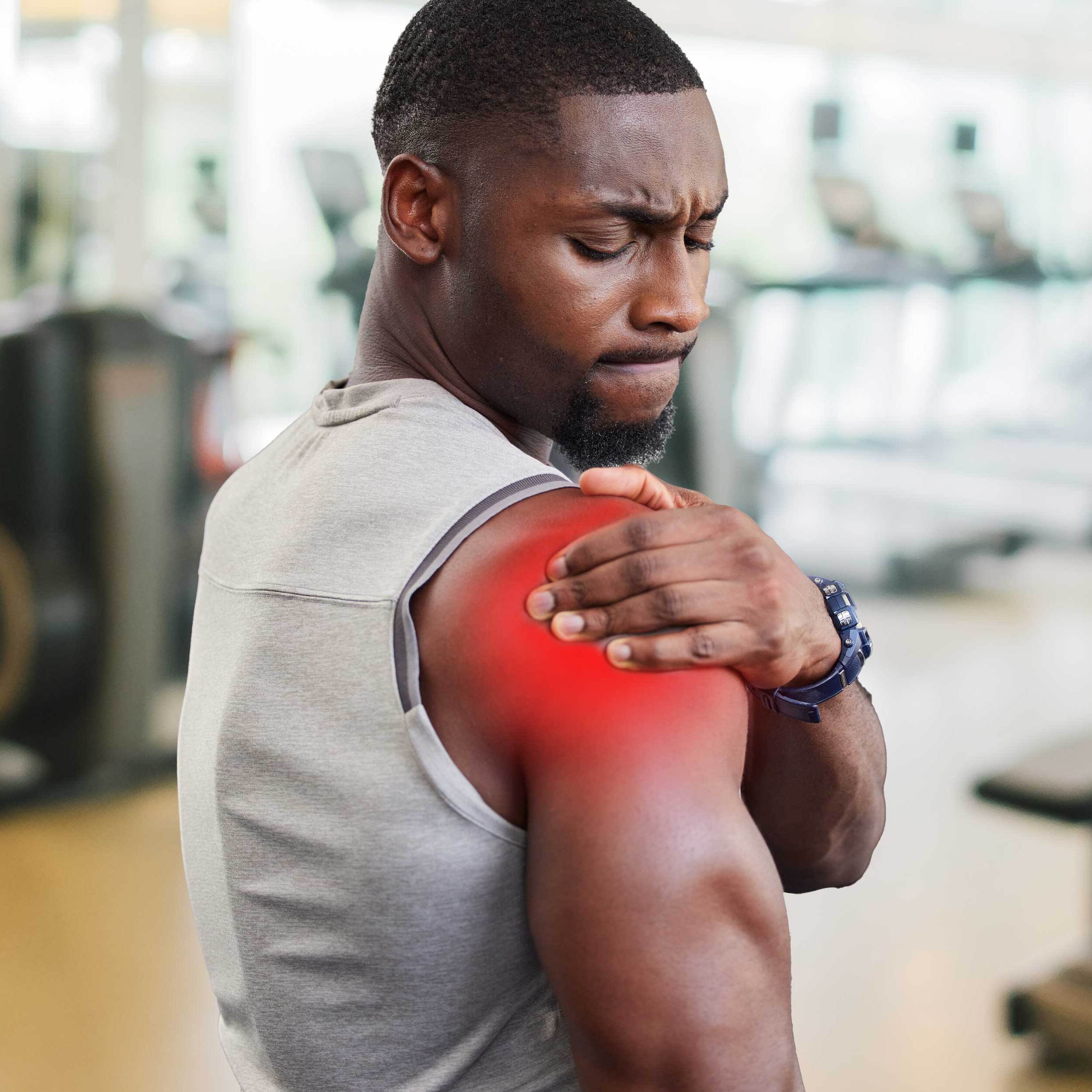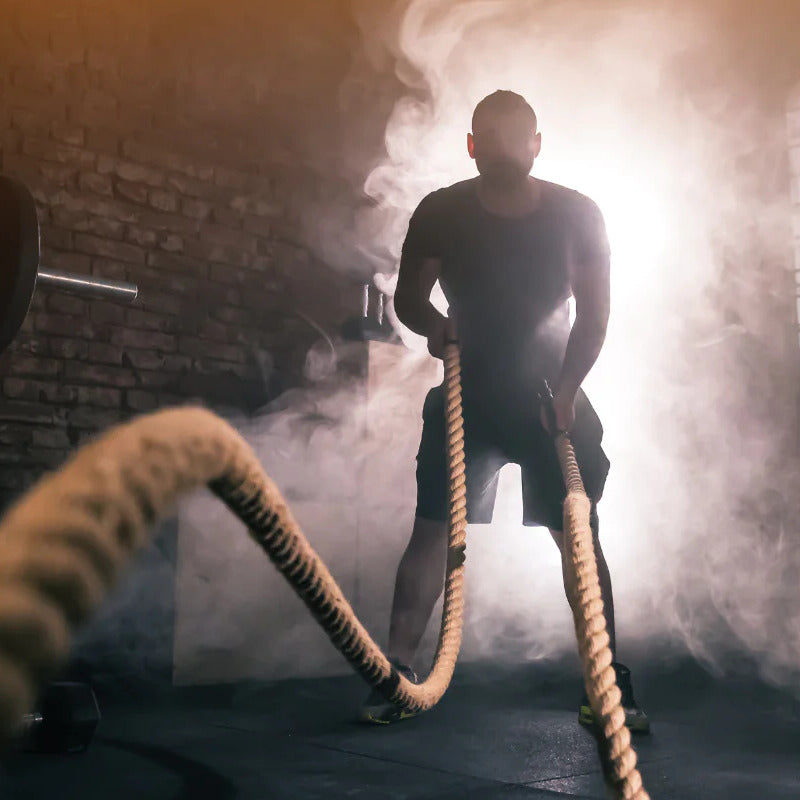
The Rise of Recovery in the Fitness World: Separating Fact from Fiction
Table of Contents
In recent years, the fitness industry has witnessed an unprecedented surge in the popularity of recovery products. From cutting-edge supplements to sophisticated electronic gadgets and the latest wellness fads, the market is flooded with options promising to speed up recovery, enhance performance, and improve overall well-being. But with this explosion of fitness recovery products and information comes the inevitable question: Which of these recovery aids are rooted in science, and which ones fall into the category of fitness myths or commercial hype? This blog delves into the current landscape of recovery products, separating the wheat from the chaff based on trends, market data, and scientific evidence.
The Booming Recovery Product Market – Understand the Trends
The global fitness and wellness industry is booming, with the recovery sector experiencing significant growth. Market analysis shows that consumers are increasingly willing to invest in recovery products, driven by a heightened awareness of the importance of post-workout recovery for overall health and fitness gains. From foam rollers and compression garments to protein supplements and CBD oils, the array of products available is vast and varied. The proof of this growth can be best demonstrated by inspecting 3 different growth forecasts across the recovery landscape: Sports Medicine Market, Sports Nutrition & Recovery Market, Athletic Recovery Shoe Market.
- Global Sports Medicine Market: According to research published by Grandview Research, the global sports medicine market size was valued at USD 5.46 billion in 2023 and is expected to grow at a compound annual growth rate (CAGR) of 8.2% from 2024 to 2030.
- Sports Nutrition & Recovery: Research published by Astute Analytica shows that the global sports nutrition market is expected to grow from $15.6bn in 2021 to $23.8bn in 2030 at a CAGR of 4.8%.
- Recovery Footwear Market: A study conducted by Fact Mr shows that the global recovery footwear market is estimated to grow from $16.21bn in 2023 to $28.76bn in 20234 at a CAGR of 5.9%.
Demand for sports medicine, nutrition and recovery products has gained traction in recent years, owing to the rising incidences of sports injuries and growing participation in endurance sports and fitness-related activities by people. In addition, a gradual shift from proactive care to preventive care concerning sports injuries is further projected to drive the market. Couple this with the rise of fitness influencers and personalities like Joe Rogan, Andrew Huberman, Peter Attia who all have robust recovery routines and protocols and you can see why the market is booming.
However, for every scientifically backed Huberman, there is a snake oil salesman lurking around the corner trying to convince you there is a shortcut to optimal recovery. Let’s have a look at the good, the bad and the ugly of recovery products.
Supplements: The Good, the Bad, and the Unproven
Supplements are one of the more established post workout recovery products. They have been on the shelves of supermarkets, health stores and online retailers for years. While there once was a stigma of gym bros walking round with proteins and creatine in their shakers, these are now commonplace in the world of health and fitness. Protein powders, BCAAs (Branched-Chain Amino Acids), and creatine stand out as supplements with considerable scientific backing. Research consistently shows that protein supplementation can help repair and build muscle tissue, while creatine has been proven to enhance strength and performance in high-intensity activities. BCAAs are also recognized for their role in muscle protein synthesis and recovery.
However, the market is also rife with supplements that promise more than they can deliver. Many products claim to drastically reduce recovery time, assist with weight loss and enhance athletic performance without substantial scientific evidence. The main culprits of these are:
- Fat Burners: While they promise rapid weight loss, most fat burners are not backed by robust scientific evidence. Some may contain caffeine or other stimulants that can temporarily boost metabolism but are unlikely to lead to significant weight loss.
- Testosterone Boosters: Marketed towards men wanting to increase muscle mass, strength, and libido, many testosterone boosters are criticized for their ineffectiveness. The ingredients often lack solid evidence to support their claims of raising testosterone levels significantly.
- Detox Teas: These are advertised to cleanse the body, promote weight loss, and improve digestion. However, they often contain laxatives like senna, which can lead to dehydration and disturb natural bowel function, without offering any real detoxification benefits.
If you see your favourite TikTok influencer trying to push these products, you should approach these with skepticism and prioritize products with proven benefits. Ultimately, there is no shortcut to getting in good shape, and anything that promises to do so in a certain amount of time is likely a lie.
Electronics and Wearables: High-Tech Recovery Aids
The rise of wearable technology and electronic recovery aids is one of the most notable trends in the fitness industry. Devices like electrical muscle stimulators (EMS) and percussive therapy guns have gained popularity for their purported benefits in improving circulation, reducing soreness, and speeding up recovery. Many athletes and fitness enthusiasts swear by these tools, contributing to their growing market presence. Let’s jump into products that have a certain level of scientific backing to improve recovery and performance:
- Compression Wearables with Electronic Integration: Products like smart compression sleeves, socks, and leggings use graduated compression alongside embedded electronics to monitor recovery, improve circulation, and reduce muscle soreness.
- EMS (Electrical Muscle Stimulation) Devices: These devices stimulate muscles through electric impulses to promote muscle recovery, reduce soreness, and increase circulation. Brands like Compex and PowerDot are popular among athletes for post-workout recovery.
- Smart Watches and Fitness Trackers: Devices like the Apple Watch, Garmin, and Fitbit track various health metrics including heart rate, sleep quality, and physical activity. These insights can help athletes optimize their recovery by understanding their body's needs better.
- Percussive Therapy Devices: Tools like the Theragun and Hypervolt use percussive massage therapy to reduce muscle stiffness and soreness, improve range of motion, and enhance blood flow.
- Cryotherapy Machines: These machines use extremely cold temperatures to reduce inflammation and pain. Some portable devices allow athletes to use localized cryotherapy on specific areas needing recovery.
- Infrared Saunas and Wearables: Infrared technology is used in some wearable products and saunas to provide deep tissue warmth, which can improve circulation, reduce soreness, and enhance recovery.
Much like in the supplementation space, there is a lot of speculative products in the technology and wearables recovery market that aim to take your money without proving the product actually works. Some of the more notable examples of these are listed below.
- Magnetic Therapy Products: Items like magnetic bracelets, insoles, and other wearables claim to improve circulation and reduce pain. However, scientific evidence supporting these claims is sparse and often inconclusive.
- Detox Foot Pads: These pads claim to draw toxins out of the body through the feet during sleep, purportedly improving recovery and overall health. There is little to no scientific evidence to support these claims.
- Energy Bracelets: Often marketed with claims of enhancing balance, strength, and recovery through holographic technology or ionization, energy bracelets lack rigorous scientific evidence to back up these claims.
- Homeopathic Remedies for Recovery: While popular among some athletes, homeopathic remedies for muscle recovery, soreness, and injury lack strong evidence of effectiveness according to scientific standards.
It's important for athletes to research and consult with healthcare professionals before incorporating new products into their recovery routines, especially when considering products with mixed or insufficient scientific evidence.
Topicals & Roll On’s
The third and final category of products that we will be investigating in this blog is the topical and roll-on product market. This is perhaps the fastest-growing segment of the market, with there seemingly being a cream, lotion, or potion for everything these days. While products that are applied topically no doubt penetrate the skin barrier and target muscles well, there are also only certain claims and benefits that can be substantiated through topical absorption. It's important to address the overtraining myth and understand that proper recovery involves not just products, but is also rest, nutrition, and adequate training protocols. See below for a list of product types that should be considered essential in your post-workout recovery routine:
- Topical Arnica: Arnica is a herb used in gel, cream, or ointment form applied directly to the skin to reduce bruising, swelling, and pain associated with muscle soreness and injury. Studies have suggested its effectiveness in reducing pain and improving function when applied topically after intense physical activity.
- Magnesium Oil and Lotions: Applied directly to the skin, magnesium lotion or oil is believed to help relieve muscle cramps and tension. While more research is needed, some athletes report improved recovery times and reduced muscle soreness when using magnesium oil post-exercise.
- CBD Creams and Balms: Cannabidiol (CBD) topicals are increasingly popular among athletes for their potential to reduce inflammation and alleviate pain without psychoactive effects. Some studies support CBD's anti-inflammatory properties, though its application in athletics specifically calls for more comprehensive research.
- Capsaicin Creams: Derived from chili peppers, capsaicin creams can be used to alleviate pain by warming the applied area and reducing pain signals to the brain. They are often used for muscle strains and soreness, with research backing their efficacy in pain relief.
- Menthol-Based Creams and Gels: These products provide a cooling sensation when applied, which can help in soothing muscle soreness and discomfort. Menthol does not necessarily speed up the recovery process but can make it more bearable by providing temporary relief from pain and inflammation.
As mentioned previously, the products above are backed by science and make claims that can be supported when it comes to marginal improvements in pain relief, muscle recovery and athletic performance. The products below however have no supporting scientific evidence and will likely make outlandish claims about the benefits of their formula:
- Detoxifying Salves and Patches: These products claim to draw toxins out of the body through the skin, purportedly improving muscle recovery and overall health. Scientific evidence supporting these claims is lacking, and the body's natural detoxification systems (like the liver and kidneys) are typically very effective on their own.
- Homeopathic Muscle Rubs: While popular among some athletes, homeopathic remedies applied topically often contain ingredients in such dilute quantities that they are unlikely to have any physiological effect beyond a placebo.
- Energy Balancing Creams: Products claiming to "balance energy" or realign the body's energy fields are not supported by scientific evidence. While they may include ingredients that moisturize or cool the skin, any claims of enhancing athletic performance or speeding up recovery lack substantiation.
- Fat Burning Gels and Creams: Topical products claiming to reduce body fat by being applied to the skin are not supported by credible scientific evidence. Effective fat loss typically requires dietary changes and physical activity.
It's crucial for athletes to approach topically applied products with a healthy skepticism, especially when claims seem too good to be true. While some products can offer temporary relief from soreness and improve comfort during recovery, others may not deliver on their promises.
Wellness Fads: Navigating the Hype
Alongside proven recovery aids, the fitness space is also home to a plethora of wellness fads that lack substantial scientific support. Trends like extreme cold therapies, detox teas, and certain "superfood" supplements often make bold claims about enhancing recovery and boosting fitness outcomes. While some individuals may report subjective benefits from these practices, there is little to no robust scientific evidence to back up many of these claims. As such, they should be approached with caution, and investments in such trends should be weighed against their proven efficacy.
The Verdict: Balancing Optimism with Skepticism
The landscape of recovery products for athletes in the fitness space is complex, marked by a mix of scientifically supported solutions and less substantiated trends. As the market continues to grow, it is essential for consumers to remain informed and discerning. Products like protein supplements, creatine, and certain electronic recovery aids offer tangible benefits backed by scientific research. Meanwhile, the allure of the latest wellness fad should be balanced with a healthy dose of skepticism and a demand for evidence-based claims.
In conclusion, the expansion of the recovery product market reflects a growing recognition of the importance of recovery in achieving fitness goals. While this presents exciting opportunities for innovation and improvement in how we recover, it also necessitates a critical eye to distinguish between what truly works and what falls short. As the industry evolves, prioritizing products and practices with solid scientific backing will ensure that our investments in recovery are both effective and worthwhile.
- Choosing a selection results in a full page refresh.
- Press the space key then arrow keys to make a selection.




